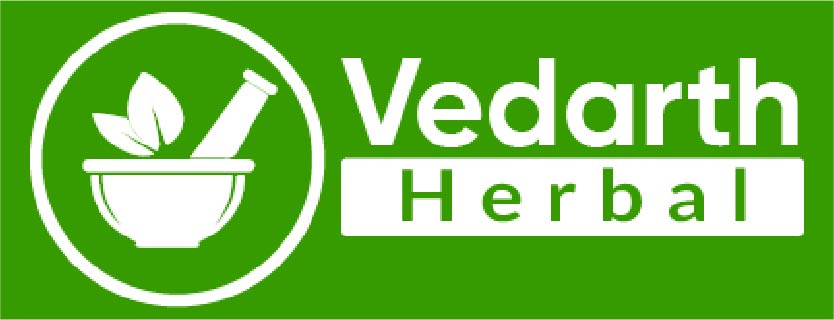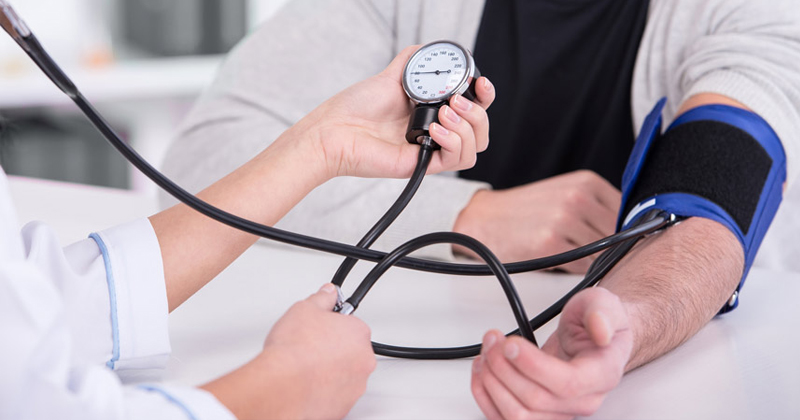Blood pressure is very important for each and every individual. However high blood pressure is a silent killer, so let’s know about this and try to fight out the silent threat.
The heart: A Silent Pump
Our heart is a fist-sized muscle which pumps blood, three hundred and sixty-five days a year and twenty-four hours a day. The heart keeps to pump away constantly, sending oxygen and nutrient-rich blood through your body.
Blood vessels: Pipelines for Blood
Our blood vessels are a network of elastic, smoothly lined ‘pipes’ which are surrounded by muscles and nerves. Arteries are vessels which carry fresh blood from your heart to your body. Whereas veins return used blood from your body and heart to your lungs.
Used blood which is depleted of oxygen and nutrients, arrives basically from the upper and lower parts of your body through the blood vessels to the right chamber of your heart.
Your heart used to pump the blood through the pulmonary artery to the lungs, where the blood receives fresh oxygen supply (which you breathe in) and gives out carbon dioxide (which you breathe out).
Fresh blood is rich in oxygen, which returns to the left chamber of your heart from your lungs. This blood gets circulated through the aorta and the other blood vessels to the rest of your body.
Arteries supply your heart (coronary arteries) with oxygen-rich blood which makes the heart muscle in the body with its own supply of oxygen and energy.
Normal Blood Pressure: –
Blood pressure is that pressure which blood exerts on the walls of its arteries. Measurement of blood pressure consists of two numbers which include 120/80. The first number refers to systolic pressure and the second number to the diastolic pressure. These numbers are responsible to measure your heart in its pumping and resting stages respectively.
Systolic blood pressure:– It is the first number which measures the force while your heart is at the pumping stage. A normal, healthy systolic blood pressure is 120 mmHg or below.
Diastolic blood pressure:- Whereas the second number measures the force at rest – that is, in between the heart pumps. A normal, healthy diastolic blood pressure is 80 mmHg or below.
Arteries supply your heart (coronary arteries) with oxygen-rich blood which makes the heart muscle in the body with its own supply of oxygen and energy.
Regulation of blood pressure: –
Regulation of blood pressure is done by a mechanism which should be understood well includes: –
Baroreceptor reflex:– Baroreceptor is very useful as in various organs it can detect the changes in blood pressure, and adjust the mean arterial pressure by altering both the force and speed of the heart’s contractions, they also used to regulate the total peripheral resistance.
Renin-Angiotensin System (RAS): This is generally well known for adjusting blood pressure. As this system allows the kidney to compensate for the loss in blood volume, in case of surgery or injury.
Aldosterone release: Aldosterone is a steroid hormone which is released from the adrenal cortex in response to angiotensin II or high sodium-potassium levels. Aldosterone stimulates sodium retention and potassium excretion by the help of kidneys. Sodium is the main ion determining the amount of fluid in the blood vessels with the help of osmosis, therefore aldosterone increases the fluid retention and indirectly the blood pressure.
Factors influencing blood pressure: –
There are various factors which influence blood pressure. Each of them may be influenced by physiological factors which include diet, exercise, disease, drugs and many more.
Physical factors: –
Pumping rate of heart: In the circulatory system, this rate is called heart rate, the rate at which the blood (the fluid) is pumped by the heart. The higher the heart rate, the higher is the blood pressure.
Fluid volume: The more is the blood present in the body, the higher the rate of blood return to the heart and the resulting cardiac output. Dietary salt intake and increased blood volume are related to each other. As high salt intake can result in higher blood pressure.
Resistance:– There is a resistance of blood in the circulatory system. The higher the resistance, the higher is the blood pressure. Resistance is related to size. It is also related to the smoothness of the blood vessel walls. The build-up of fatty deposits on the arterial walls reduces the smooth arterial lining which results in roughening up the arteries.
Vasoconstrictors, released by the body (e.g. due to stress) can reduce the size of the blood vessels, thereby increasing the blood pressure. Vasodilator medication (e.g. Nitroglycerine) helps to increase the size of blood vessels, thereby decreasing the high blood pressure.
Alcohol and stress both appear to increase high blood pressure. In turn, stress is associated with increased alcohol use. Systolic and diastolic blood pressure both are observed to be high among
Blood Pressure Classification for Adults: –
A healthy lifestyle is very important. As patients of chronic renal disease and diabetes mellitus should begin the treatment when their blood pressure is 130/80 mmHg, along with an alteration in lifestyle.
It has earlier been shown that early anti-hypertensive treatment (or lowering BP) can reduce the chances of the stroke to about 35-40%. As chances of heart attack are also reduced to 20-25% and the probability of heart failure reduces by more than 50%.
A loss of 5kg weight or more can help to bring down your blood pressure. Now the question arises that when does high BP become a threat to your health? It is when either systolic or diastolic measurement or both, rise and remain above the normal range of BP.
High Blood Pressure and its Risk Factors: –
A person having slight high cholesterol will be roughly at twice the risk of heart problems if his systolic blood pressure is 160 rather than 120.
High blood pressure in the presence of other risk factors becomes more dangerous when it is associated with smoking.
If you smoke up to 15 cigarettes/day someone having moderately increased blood pressure can multiply his or her risk of death from stroke or heart attack by 4 times.
A person who used to smoke 25 cigarettes per day, having the same moderately increased blood pressure can increase his risk of death by ten times.
The main reason behind high blood pressure: –
Arteries may develop a very wide opening. If too much blood flows through the arteries, blood forcefully hits the arterial wall. This is the most frequent reason for high BP in younger people.
Sometimes there is an accumulation of plaque and fluid which can also cause high blood pressure. Tissues swell up with the fluid, thus increasing BP in the arteries. Plaque (fat and cholesterol) collects inside of the artery, make it narrow and can even block it.
Artery walls may get thicken and hence the vessels muscular lining gradually becomes thicker and less elastic, causing the opening to narrow and the blood flow to become restricted or blocked. When your arteries become narrower your heart must pump at a faster and stronger rate to force blood through the arteries. For this reason, BP may rise even higher. 1. Renin-Angiotensin System (RAS): This is generally well known for adjusting blood pressure. As this system allows the kidney to compensate for the loss in blood volume, in case of surgery or injury.
Aldosterone release:- Aldosterone is a steroid hormone which is released from the adrenal cortex in response to angiotensin II or high sodium-potassium levels. Aldosterone stimulates sodium retention and potassium excretion by the help of kidneys. Sodium is the main ion determining the amount of fluid in the blood vessels with the help of osmosis, therefore aldosterone increases the fluid retention and indirectly the blood pressure.
Vasoconstrictors, released by the body (e.g. due to stress) can reduce the size of the blood vessels, thereby increasing the blood pressure. Vasodilator medication (e.g. Nitroglycerine) helps to increase the size of blood vessels, thereby decreasing the high blood pressure.

